Have you ever heard of a noodle dish that’s a bit like ramen, a bit like stir-fried noodles, and completely its own thing? This article will tell you all about Romen (ローメン), a special local dish from Ina City in Nagano, Japan, diving into what makes it unique and how it came to be.
What is Romen?
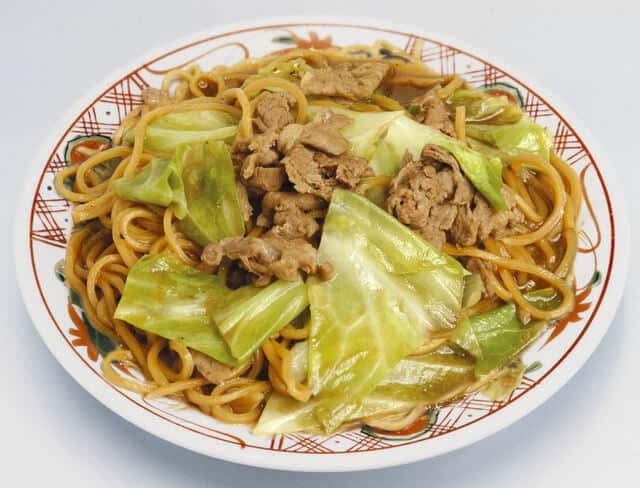
Romen is a signature dish of Ina City, located in Nagano Prefecture. It’s a noodle dish that stands out because it’s not quite a soup noodle (like ramen) and not quite a stir-fried noodle (like yakisoba). At its heart, Romen uses thick, brown, steamed noodles that have little to no moisture. The main meat in this dish is usually mutton, though you might find versions with pork. Cabbage is also a common vegetable that locals add to the dish.
What makes it unique?
What makes Romen truly special is how locals serve and eat this. It comes in two main styles: a “soup type,” where the noodles and ingredients are in a broth, and a “yakisoba type,” which is more like a stir-fry with minimal liquid. But here’s the fun part: diners get to add their seasonings! You’ll often find various bottles and jars on the table, such as Worcestershire sauce, vinegar, garlic, sesame oil, chili oil, and a mixed spice called shichimi. This allows everyone to customize this dish to their own taste, making each bite a unique experience. The dish is deeply loved by the people of Ina City, enjoyed by all ages for lunch or even with drinks. You can find it widely available in restaurants throughout the city.
Romen History
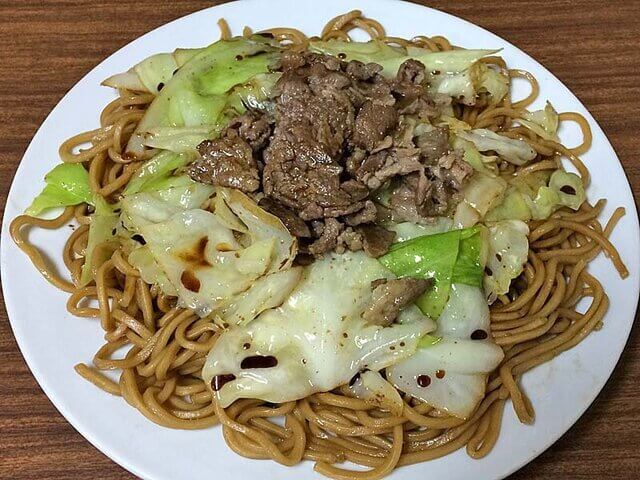
The story of Romen begins around 1955, during the Showa 30s, when a restaurant called “Chinese Style Restaurant Banri” (中国風菜館 萬里) in Ina City introduced the dish. Mr. Waichi Ito created it. At that time, noodles spoiled quickly, so Mr. Ito decided to steam them to extend their shelf life. He also made the most of the region’s abundant supply of mutton. He initially named the dish “Char Romen” (炒肉麺).
Between 1960 and 1970, as ramen gained popularity, people began calling the dish simply “Romen” because the name sounded similar and was easier to remember. Over time, the residents of Ina City looked for ways to share their beloved dish with more visitors. In 1994, a “Village Revitalization Project Promotion Committee” launched a campaign to promote this dish as a local specialty. The following year, in 1995, local enthusiasts formed the “Romen Lovers’ Association” and declared June 4th as “Romen Day.” These actions reflect how much the community values Romen and how actively they work to spread its appeal. In 2014, supporters formed “Romen ZUKU Love” to continue promoting the dish and even took part in events like the B-1 Grand Prix.
Frequently Asked Questions (FAQ) about Romen
- What’s the difference between Lo Mein and yakisoba?
Lo Mein uses thick steamed noodles and typically includes cabbage and mutton as main ingredients. It features a light soy sauce-based flavor, with the unique “self-seasoning” style where diners customize the taste using Worcestershire sauce, vinegar, garlic, and chili oil at the table. Unlike yakisoba which is stir-fried with sauce already applied, Lo Mein allows you to change the flavor with condiments added afterward.
- Where did Lo Mein originate?
It was created around 1955 at the Chinese restaurant “Banri” in Ina City, Nagano Prefecture. Originally called “Cha Lo Mein” (fried meat noodles), the “Cha” was later dropped, leaving just “Lo Mein.”
- Where can I eat Lo Mein?
About 90 restaurants in the Ina Valley area centered around Ina City serve it, offering both soup and non-soup varieties. You can enjoy it at the original restaurant “Banri,” other Chinese restaurants and specialty shops in Ina City, as well as highway rest stop cafeterias.
Restaurants
1. Banri Honten (萬里 本店)
Known as the birthplace of rowmen, this restaurant developed the dish around 1955. A stone monument at the entrance declares it the “Birthplace of Rowmen.” Banri serves the original soup-style rowmen, characterized by its gentle flavor, with noodles and ingredients simmered together in a soy sauce-based broth. For newcomers, there are condiments and instructions on the table explaining how to best enjoy the dish.
2. Ushio (うしお)
Ushio is an especially popular restaurant in Ina, famous for its pan-fried noodle (yakisoba) style rowmen. Customers can choose from five different portion sizes, from a regular serving to an extra-extra-large portion (¥1,000). The restaurant provides detailed instructions on how to eat rowmen, making it a great choice for beginners. You can customize the flavor with condiments like curry powder and vinegar, and it remains a beloved local favorite.
3. Chatelet (シャトレ)
Chatelet is a unique establishment that offers both soup-style and pan-fried noodle-style rowmen. Diners can choose between the “Genghis Khan Rowmen,” made with mutton, or a version made with beef. The dishes are colorfully presented with toppings such as corn, lemon, pickled red ginger, and lettuce, offering a diverse menu that can be enjoyed by everyone from novices to connoisseurs.
4. Rowmen Specialty Shop Shan-Ton (ローメン専門店 シャントン)
Established in the 1950s, this shop has specialized in rowmen from the beginning. It is likely the oldest restaurant of its kind. Located on a corner in Minowa Town’s residential area, it has been cherished by locals for over 55 years. The shop is known for its saucy, broth-rich rowmen. Customers can customize their bowls using special sauce and condiments at the counter.
5. Shokudo Toyobara (食堂とよばら)
This食堂 (shokudo, or diner) is known as a go-to spot for Shinshu University students. It has a nostalgic atmosphere where locals enjoy drinks and students fill seats. The restaurant serves simmered-style rowmen at very reasonable prices. A regular serving costs ¥480, medium ¥580, and large ¥680.The garlic-heavy version is delicious, and many customers drink every last drop of the rich, flavorful broth.
Summary

Romen is a unique steam noodle, the use of mutton, and the fun of self-seasoning make it a memorable culinary experience. Whether you prefer it with soup or stir-fried, this dish offers a customizable flavor journey that has been cherished by locals for decades.
If you enjoy the customizable and hearty nature of Romen, you might also like to try other noodle dishes such as yakisoba, ramen, Dan Dan Noodles, or Cumin Lamb Noodles.
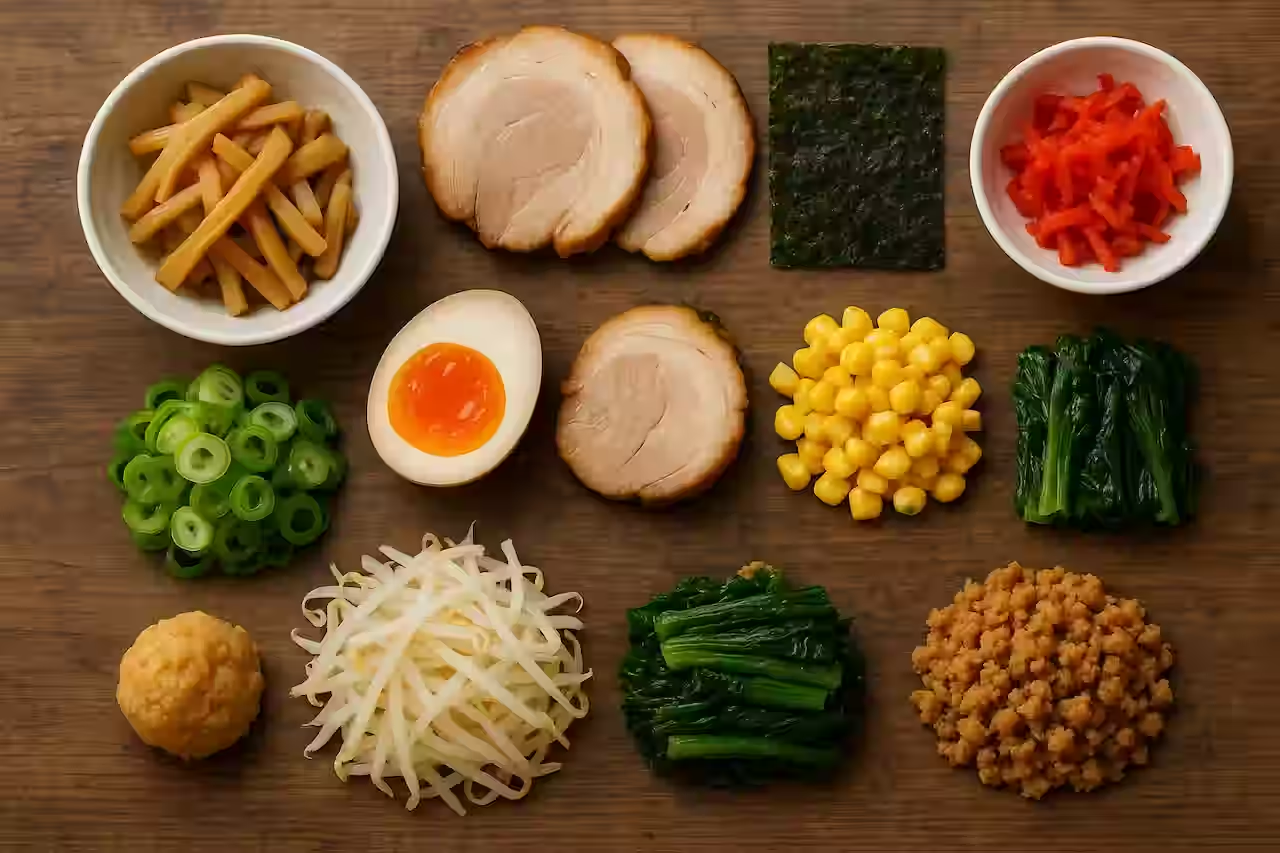
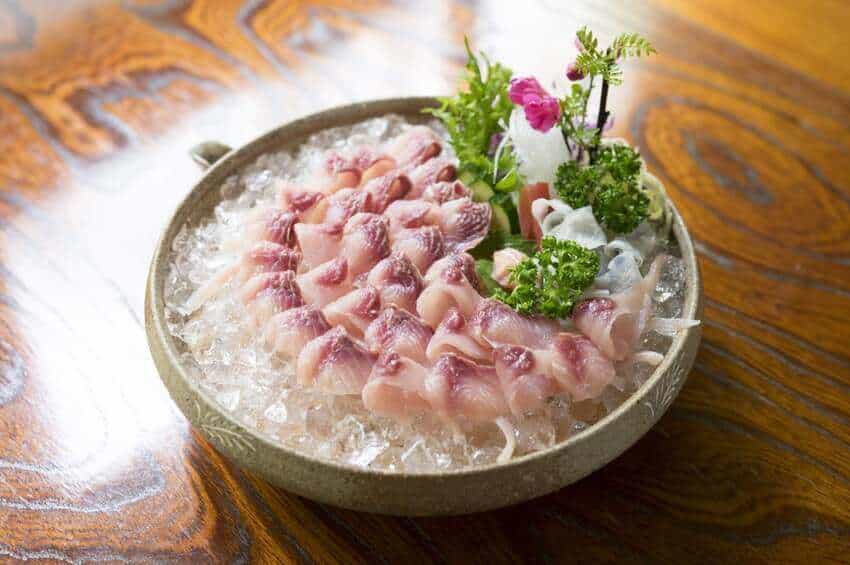
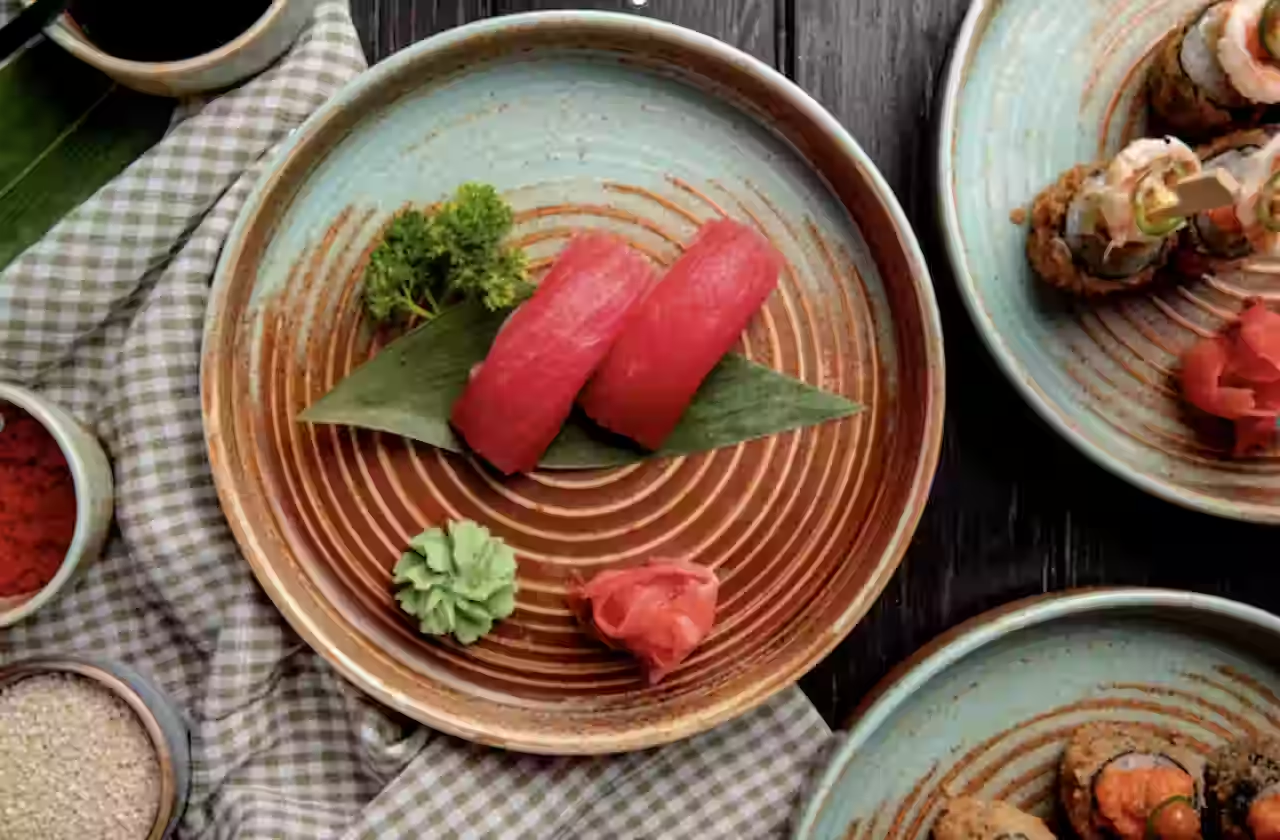
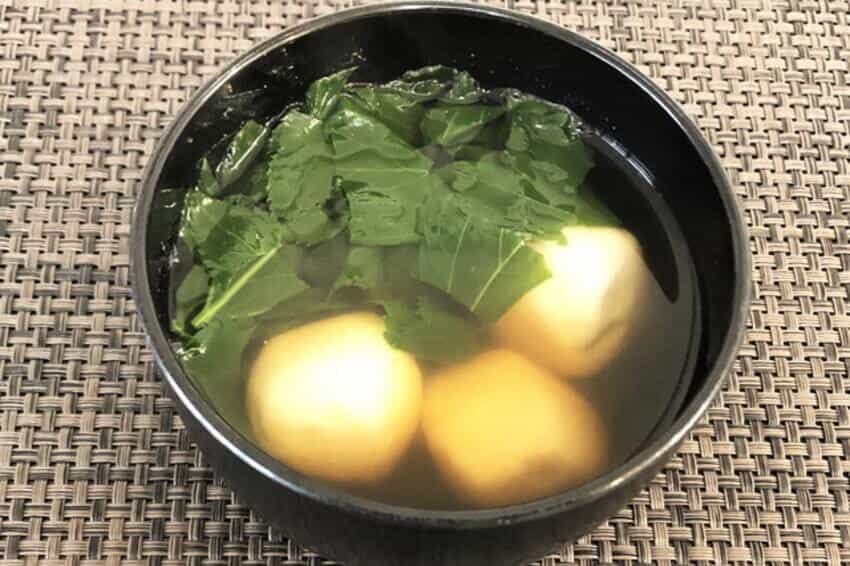
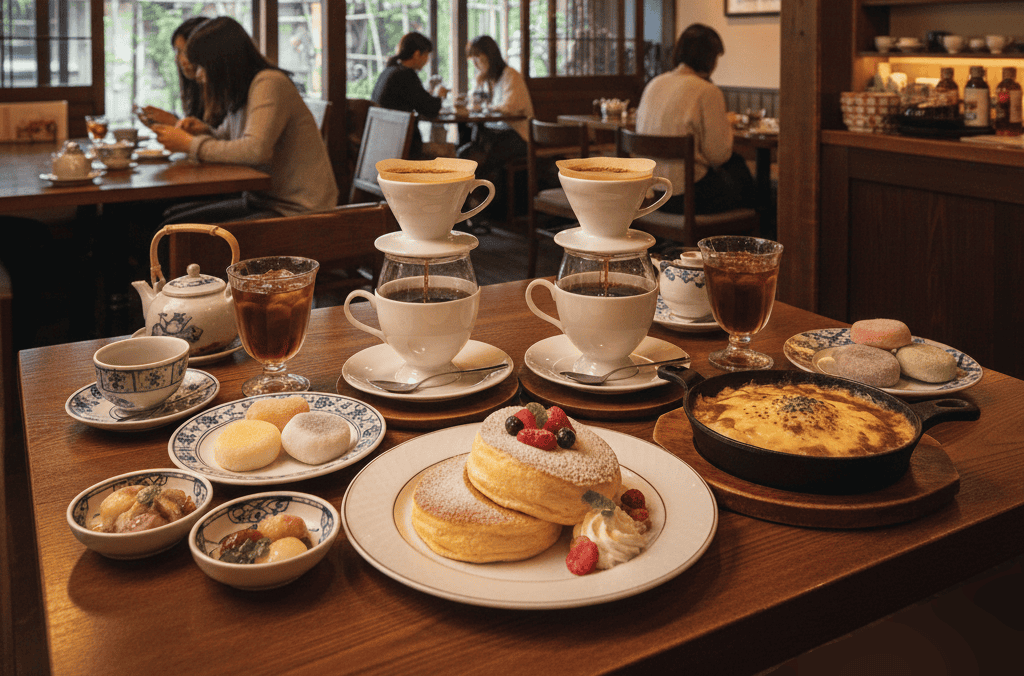

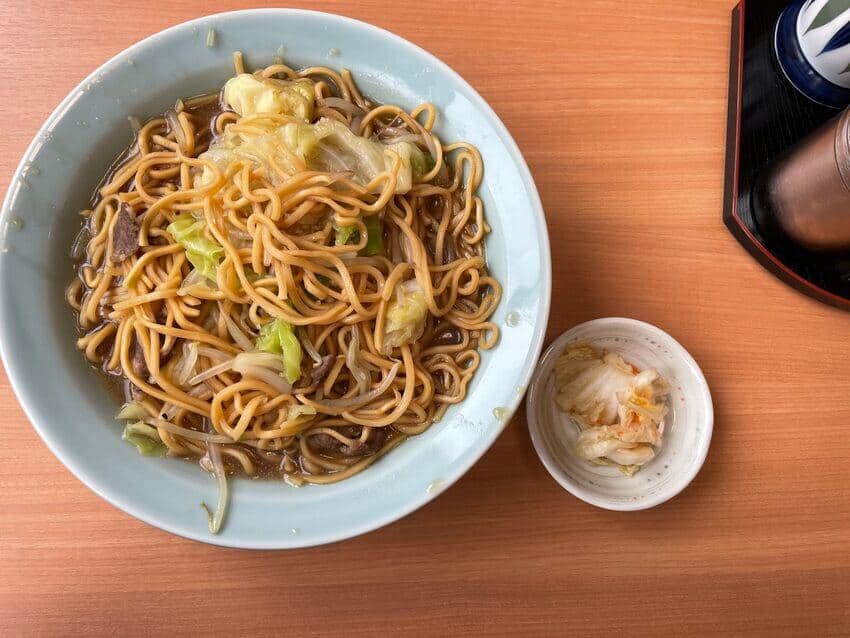
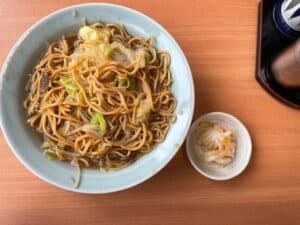
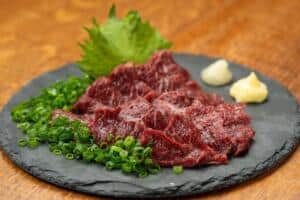
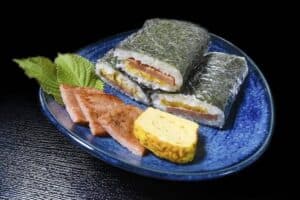
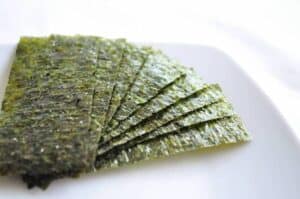
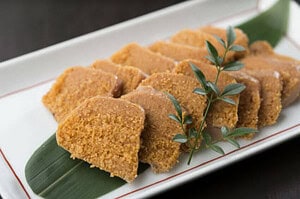
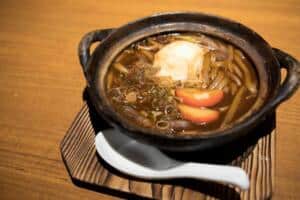
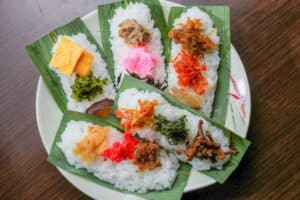
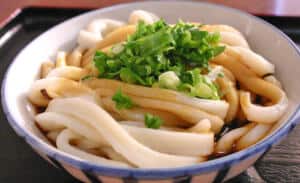
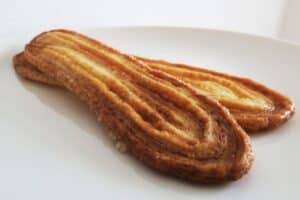
Comments